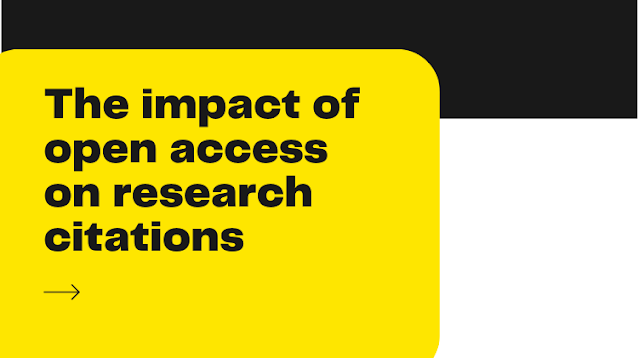In recent years, the open access movement has gained significant momentum, with researchers seeking ways to increase the visibility and impact of their work. Open access refers to the practice of making research articles freely available online, allowing anyone with an internet connection to access and read them. One of the key benefits of open access is its impact on research citation rates.
Studies have consistently shown that open-access articles are more likely to be cited than articles behind paywalls. This is because open-access articles are more accessible and visible, allowing a wider audience to discover and cite them. In addition, many open-access repositories and journals use metrics and analytics to track the impact of research, which can help to increase its visibility and impact.
Another factor that contributes to the higher citation rates of open-access articles is the increased collaboration and cross-disciplinary exchange that open access enables. By making research freely available, researchers from different fields and institutions can easily access and build upon each other’s work, leading to a greater number of citations.
However, it’s important to note that simply making your research open-access does not guarantee higher citation rates. It’s still important to engage in traditional promotion and networking efforts, such as presenting at conferences and networking with other researchers in your field.
In conclusion, open access has a significant impact on research citation rates, making it an important consideration for researchers seeking to increase the visibility and impact of their work. By making your research openly accessible, you can reach a wider audience, increase collaboration, and maximize the impact of your research.
Stay informed and contribute to the academic community by submitting your research paper here or reading published papers in our archive - the latest insights and discoveries in our field, all in one place.

Comments
Post a Comment